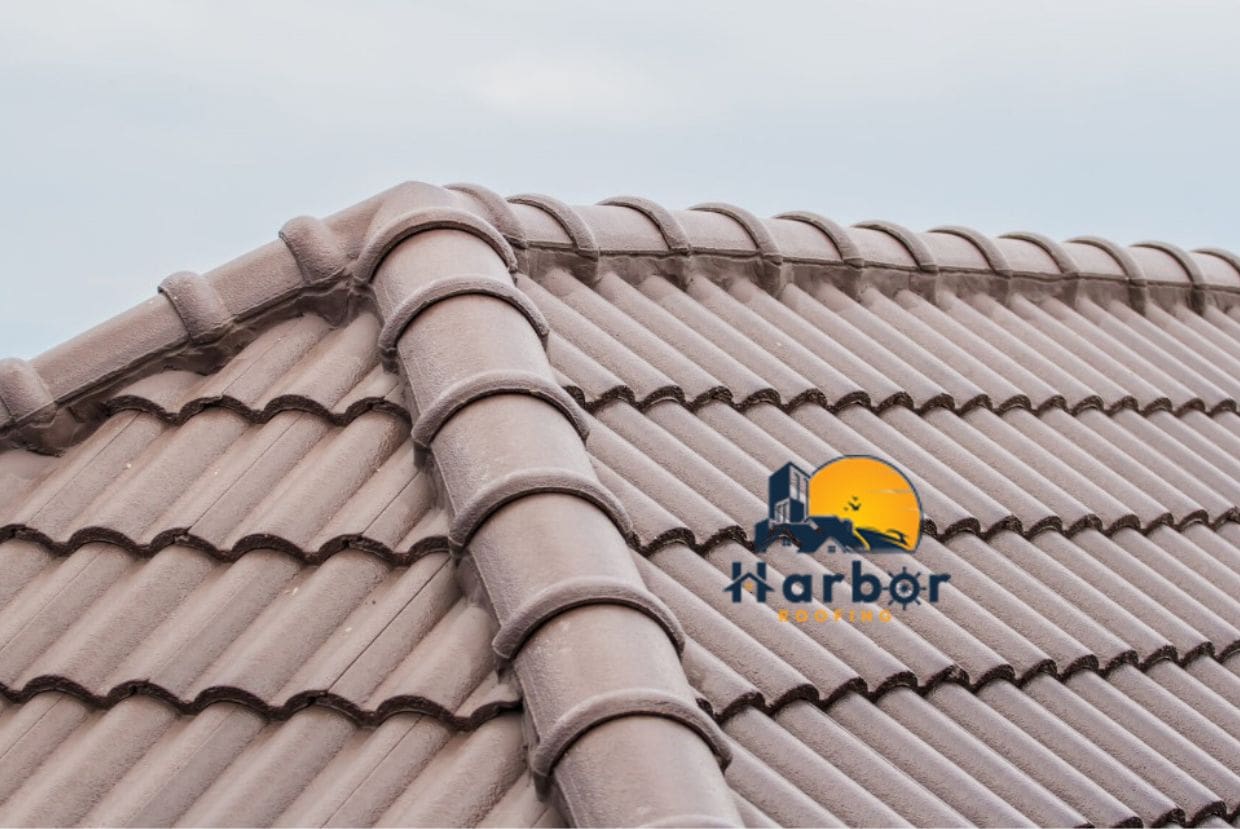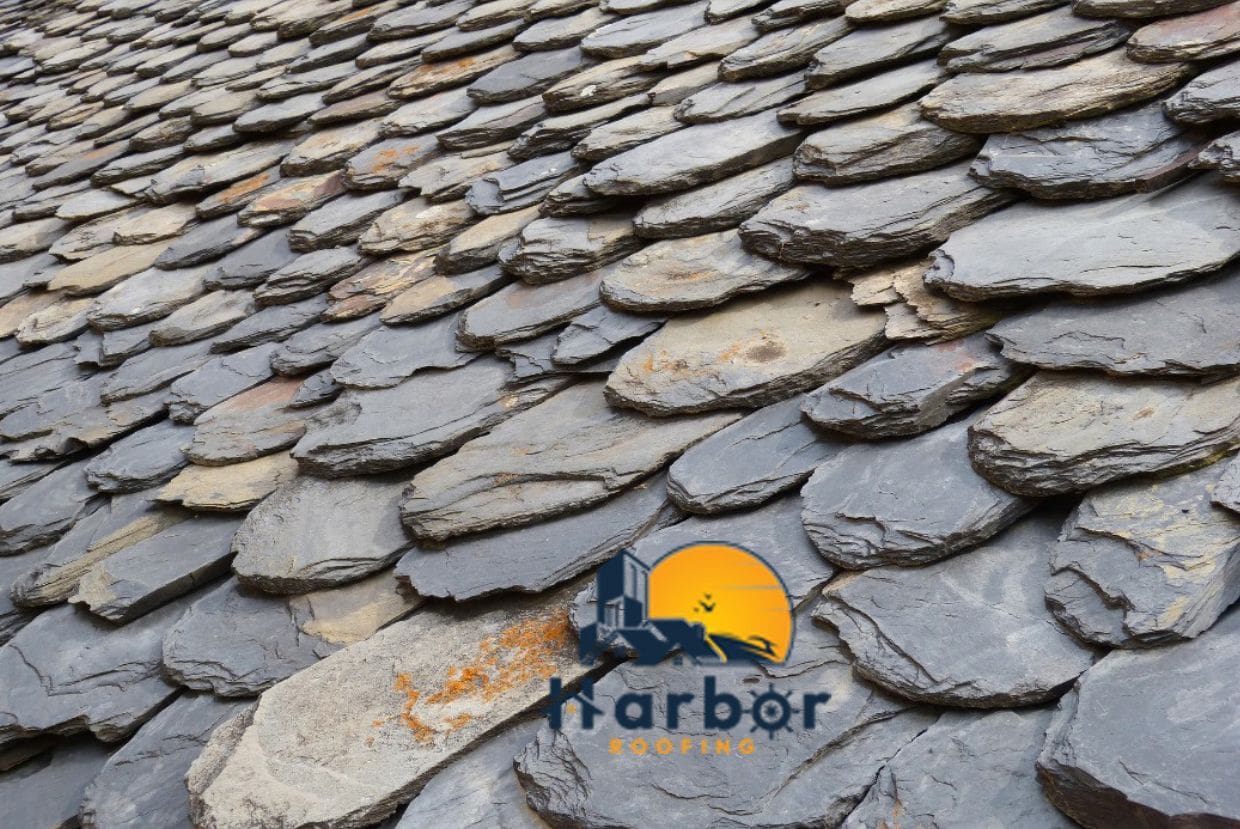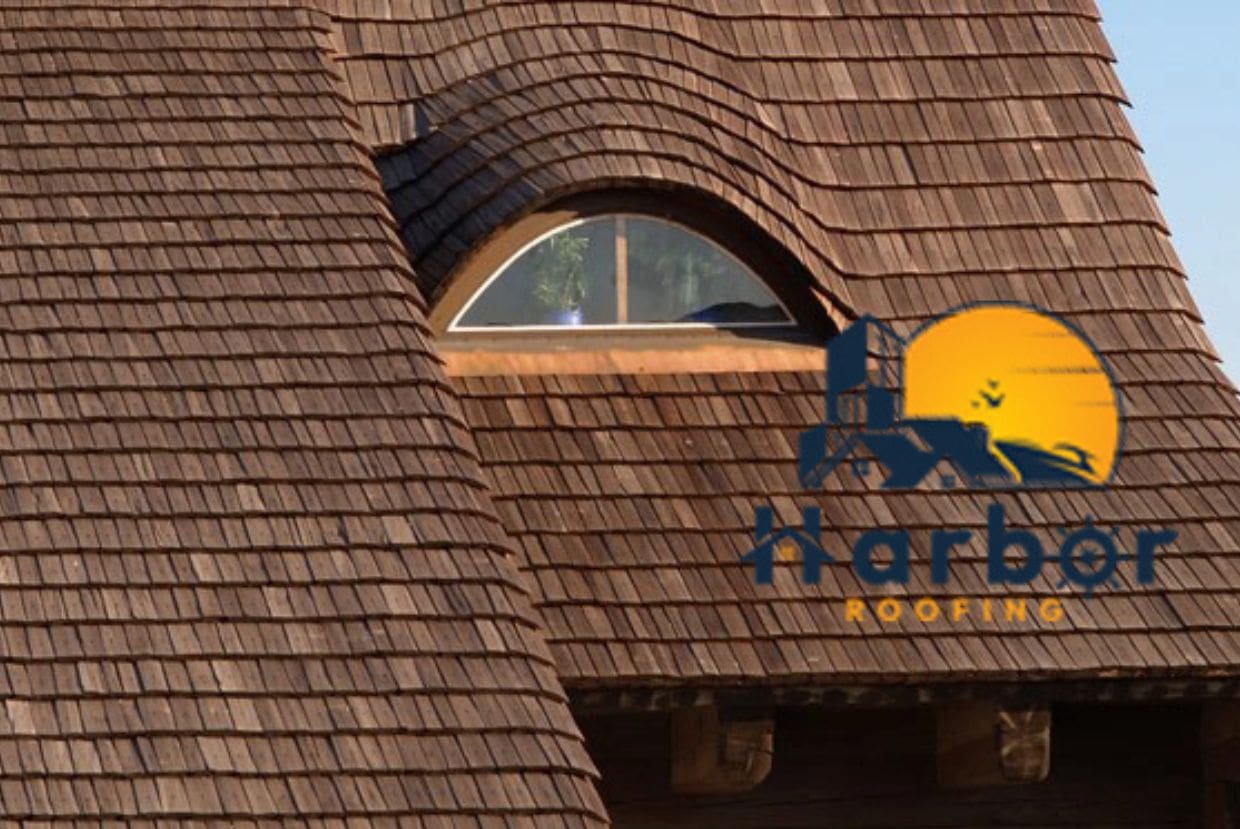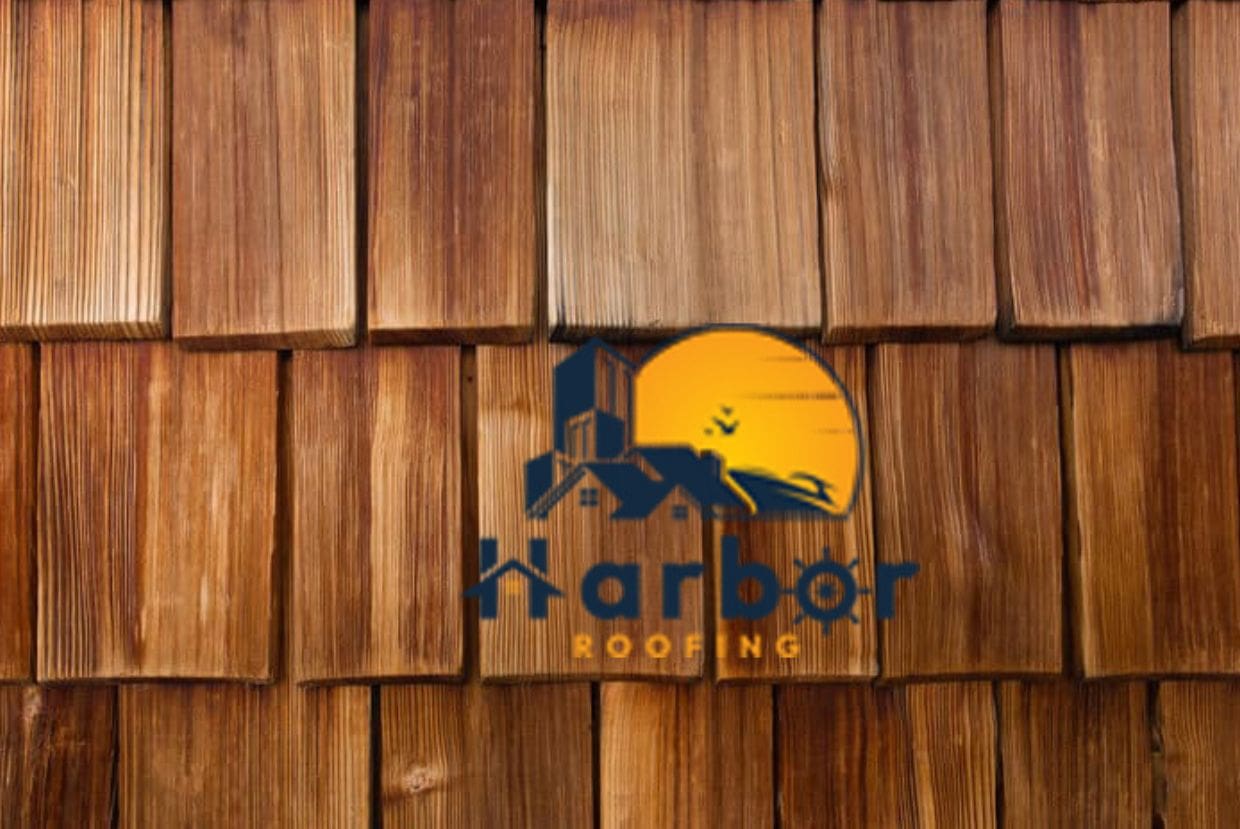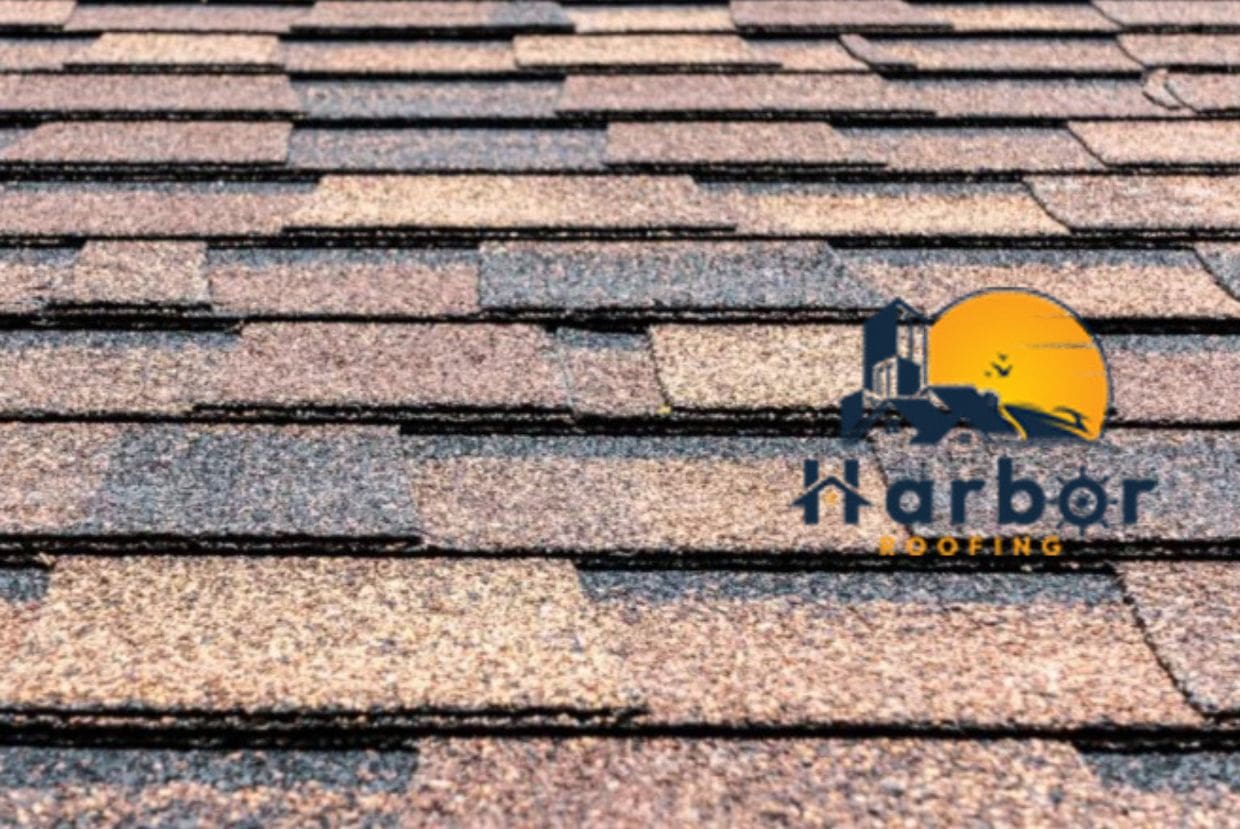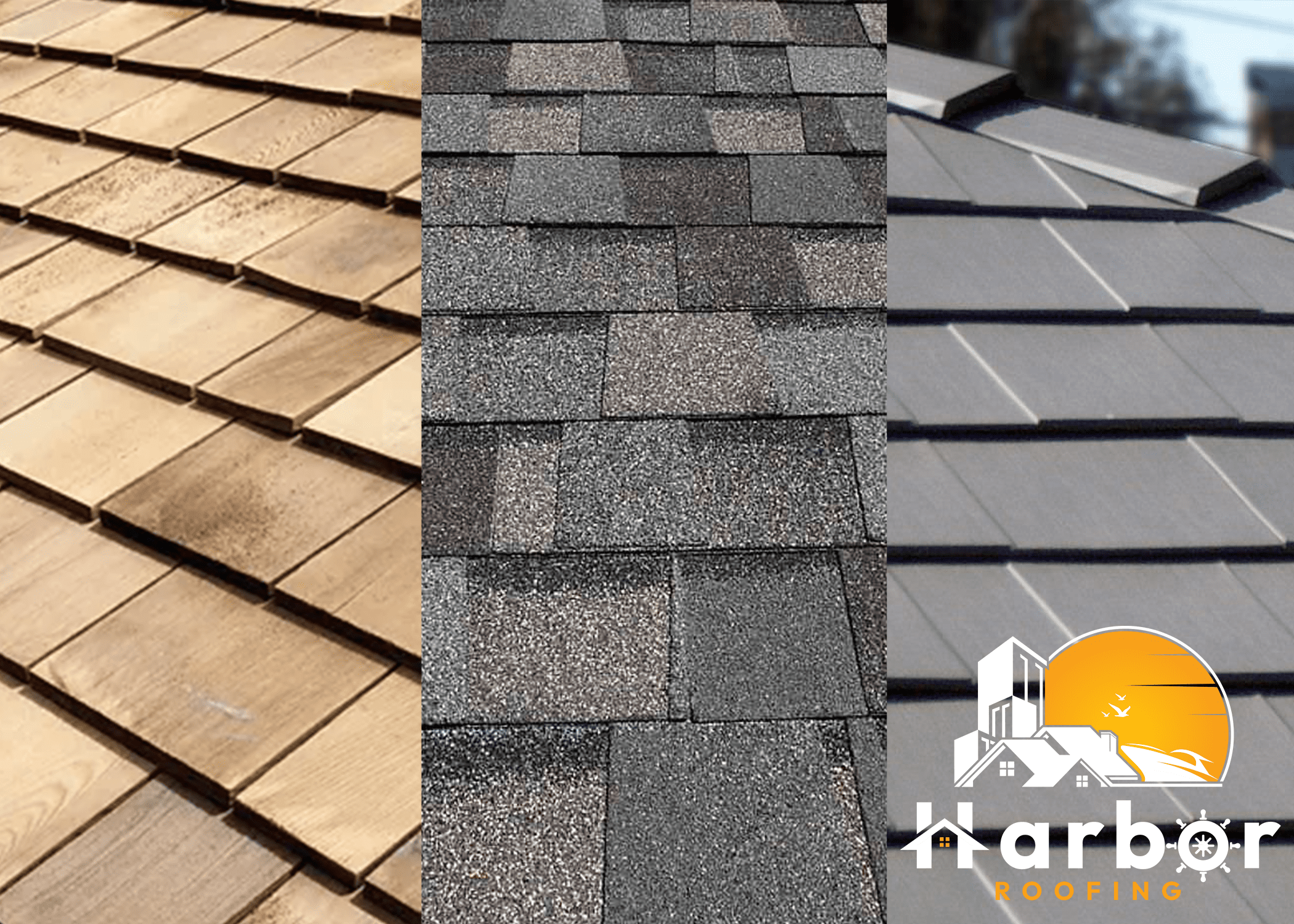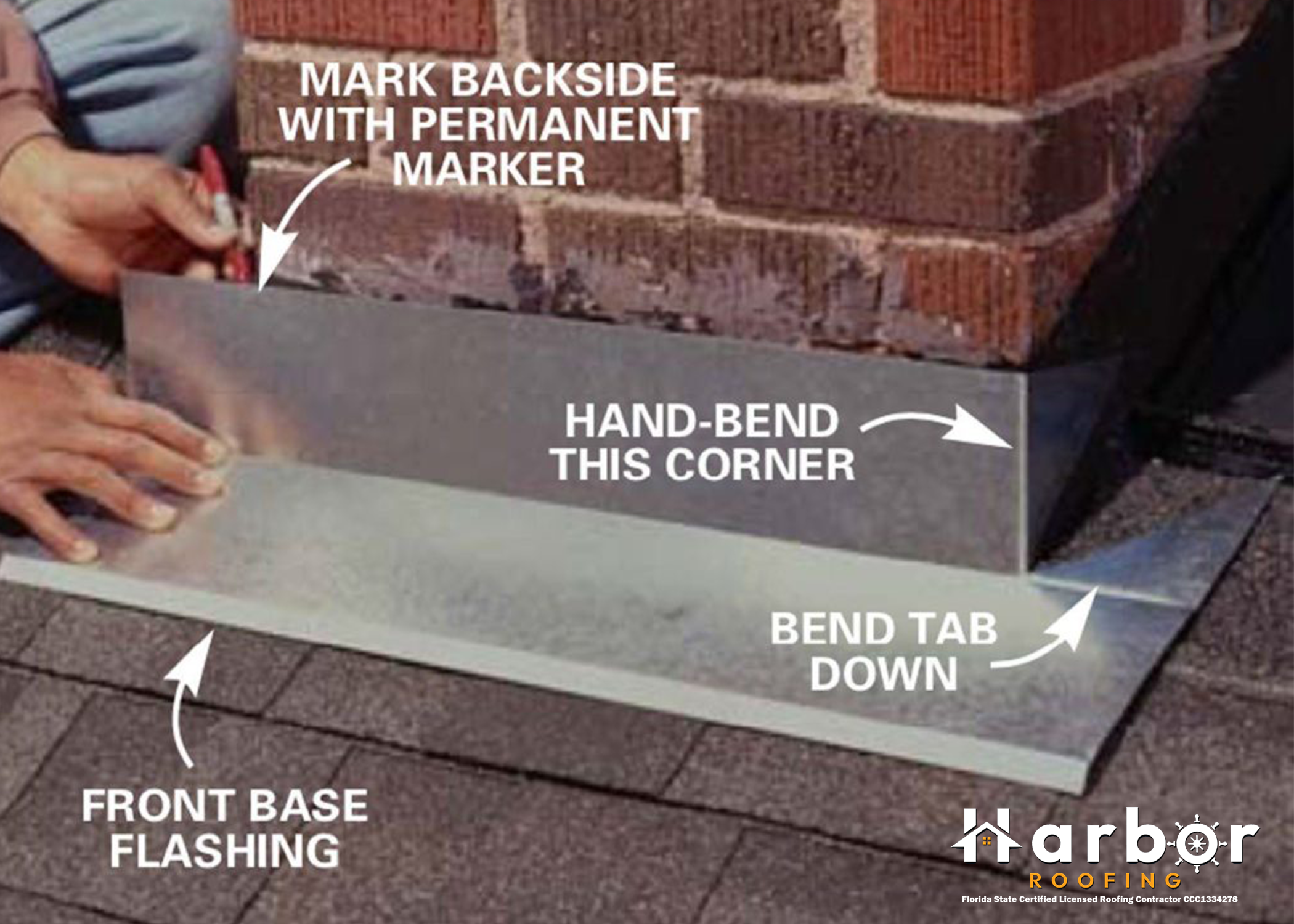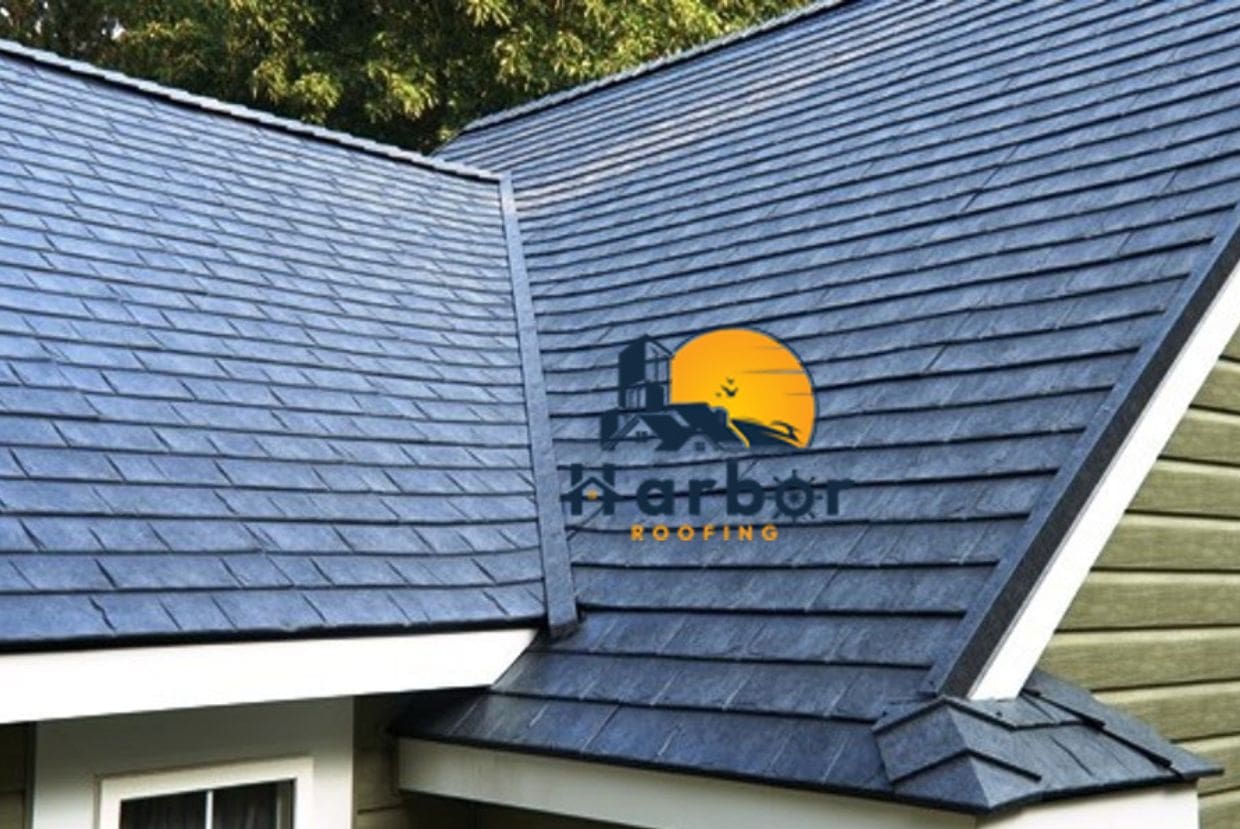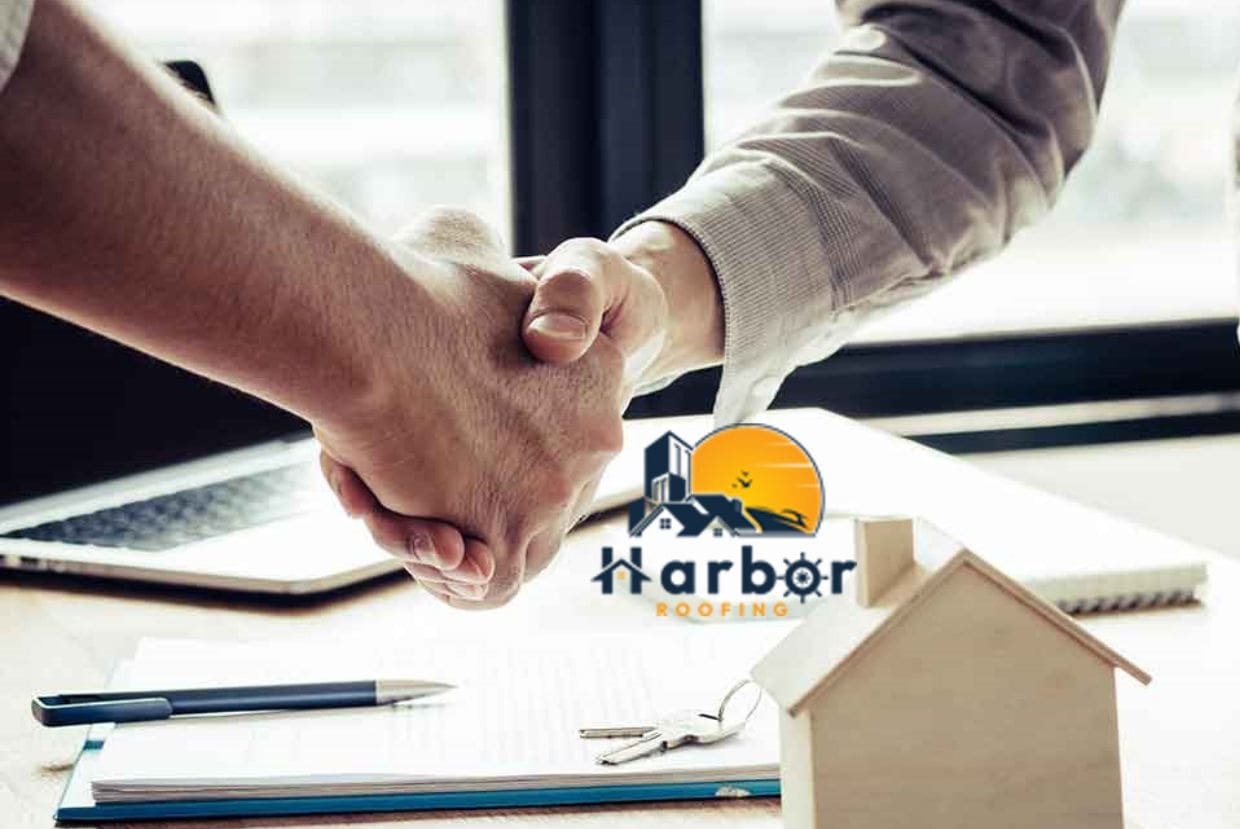The last line of defense against weathering between the raw plywood that makes up your roofing framework and the roof itself is the roof underlayment. Homeowners have been choosing asphalt-saturated underlayment for decades, primarily because there weren’t as many effective alternatives. However, peel and stick roof underlayment is gradually taking over as the standard these days, particularly in hot and muggy regions.
In this article, you will find out why this underlayment has become a popular choice and how to install one.
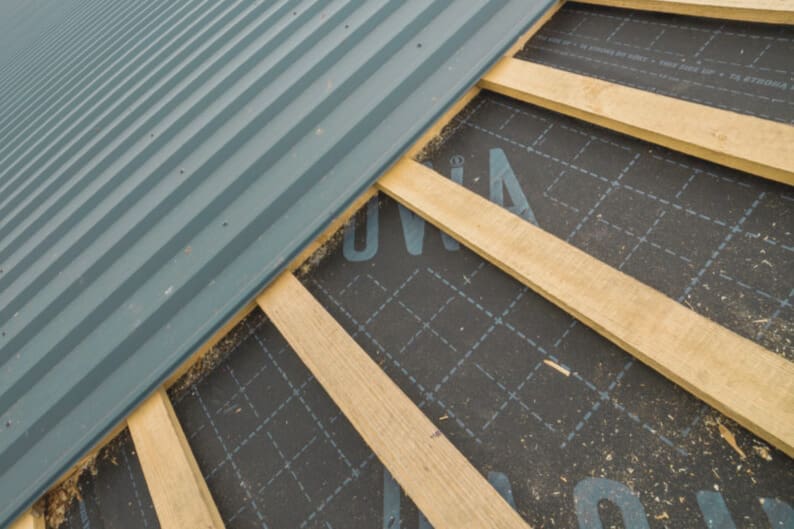
What Is Peel and Stick Roofing?
Peel and stick underlayment is made from rubberized polymer blends such as polyester or high-density polyethylene. Because of its flexibility, this material is more rip-resistant than traditional felt. People also call it ice and water shield.
The plastic surface prevents the adhesive layer from coming into contact with the tiles, which is why they cannot be attached together. Some people think that plastic-surfaced membranes are more slippery than granular-surfaced membranes.
Film-capped peel-and-stick underlayment works better in colder weather than granular membranes because of its superior adhesive, which sticks even at lower temperatures. The lightweight design of peel and stick roofing materials makes them easy to fold up and fit into tight areas and around corners, demonstrating their practicality.
Peel and stick underlayment acts as a strong shield, lowering the possibility of natural elements like wind-driven rain and ice dams damaging the roof. Since it is more resilient than felt underlayment, it lengthens the life of your roof.
This underlayment doesn’t wrinkle, so there are no possible water entrance spots, and the barrier becomes watertight. Another benefit of peel and stick roofing is that this underlayment doesn’t need to be nailed, which makes installation easier and saves labor time.
Because of its versatility, which makes handling and installation easier, both homeowners and contractors favor it.
Benefits of Peel and Stick Roofing
- Simple to install: Several difficulties in installing a home roof call for expertise and understanding. There is no need for nailing during installation because peel and stick roof underlayment is quicker and easier to apply than non-adhesive underlayment. As a result, less labor is needed, automatically lowering the project’s cost.
- Outperforms conventional approaches in strength: Peel and stick underlayment is more flexible and long-lasting than asphalt underlayment, which has a tendency to break and split. There is very little chance of an incorrect installation because it is so easy to do. The likelihood of the installation proceeding without problems is higher.
- Provides a better barrier against water: Peel and stick underlayment doesn’t allow any place for water to accumulate and get through its barrier because of its non-wrinkle qualities. Additionally, water won’t be able to infiltrate any nail gaps because this underlayment doesn’t need to be nailed.
- Environmentally friendly: This roofing system supports environmental conservation initiatives and offers outstanding protection. Self-adhering roofs provide several “green” advantages. To begin with, they lack any volatile chemical compounds. In addition, you can save your roof from going to waste when its useful life is over because people usually recycle this type of roofing.
- Cost-effective: Self-adhered roofing retains its integrity and performance even in the face of extreme weather, such as freezing temperatures and high temperatures. Because this type of roofing does not store extreme heat or cold, your heating and cooling systems may need a break. As a result, your utility costs will go down.
Cons of Peel-and-Stick Roofing
- Needs several coatings: Peel and stick roofing requires several layers, even though it is easy to install. However, you can easily remove it if you have a need to. This makes it a versatile choice for a range of roofing tasks.
- Insufficient adhesion: The ability of the peel and stick underlayment to attach to the roof and provide adequate protection depends mainly on its adhesive properties. But if you don’t seal the adhesion properly, you can have significant issues like wind damage and water infiltration. To maximize adhesion, it is essential to ensure appropriate surface preparation and temperature conditions during installation.
- Temperature sensitivity: This roofing type is temperature-sensitive. In extremely hot weather, the material may become excessively soft and lose its integrity; in freezing weather, the adhesive may not stick well.
How to Install Peel and Stick Roofing
Although it is easy to argue that there are as many different techniques as there are roofers to install peel and stick roofing membranes, this is untrue. There are way fewer techniques.
Below are two methods for installing peel-and-stick roofing membrane on a freshly painted or renovated roof:
- First, unroll the membrane, and then peel off the release sheet
- Position the sheet’s end according to directions to ensure the proper overlap
- From the membrane’s upper half, pull back a portion of the release sheet
- After placing the membrane back down, tack the upper corner
- Roll out the membrane until you get to the end of the roof run
- To allow for the proper overlap, place the end of the sheet at the designated location
- From the membrane’s upper half, pull back a portion of the release sheet
- After placing the membrane back down, tack the upper corner
- Roll out the membrane till you get to the roof’s end
- After lining up the roll for the proper overlap, peel off the top portion of the release sheet
- Hold it in place with nails along the top edge of the membrane while the adhesive sets up
- Pull the bottom release sheet at about a 90-degree angle from the membrane to avoid tearing the release sheet
- Unroll the roofing membrane and peel the release sheet as you do so
- Position the roll for proper overlap and peel back the upper corner
- Hold the upper corner with a button-cap nail
- Peel the release paper as you walk to unroll the membrane
- After unrolling, pull the sheet tight by raising it a little and pulling
- Place the sheet for proper overlap and nail the upper corner
- Pull the sheet at about 90 degrees from the membrane to release it from the bottom portion to avoid tearing the release sheet
Conclusion
The roof of your home is its most important feature when it comes to protection against harsh weather, and that is why you should invest in it. A strong and durable roofing system is essential in regions vulnerable to strong winds and storms.
It is clear from considering the benefits and drawbacks of peel and stick roofing that the former outweighs the latter. However, you will still have to work with a professional if you decide you want to go for it. An expert can help you determine whether self-adhered roofing is suitable for your home or company building.
Frequently Asked Questions
How much does peel-and-stick underlayment cost?
The underlayment cost can change substantially depending on the material’s thickness and quality. The total size of your roof, as well as the associated labor expenses, must be taken into consideration.
A typical home would need more than $2000 to install peel-and-stick underlayment around the roof. Although installing underlayment may seem like a costly investment, it really goes a long way toward protecting your entire house.
Can Ice and Water Shield be removed?
The difficulty of removing peel and stick underlayment is one of its main issues. This material is made with a durable, powerful adhesive that is nearly impossible to remove without causing damage to the roof decking below.
How long does peel-and-stick underlayment last?
It is more resilient than felt to adverse conditions, including windstorms. There are great warranties on peel-and-stick roof underlayment goods that last between 15 and 40 years.

